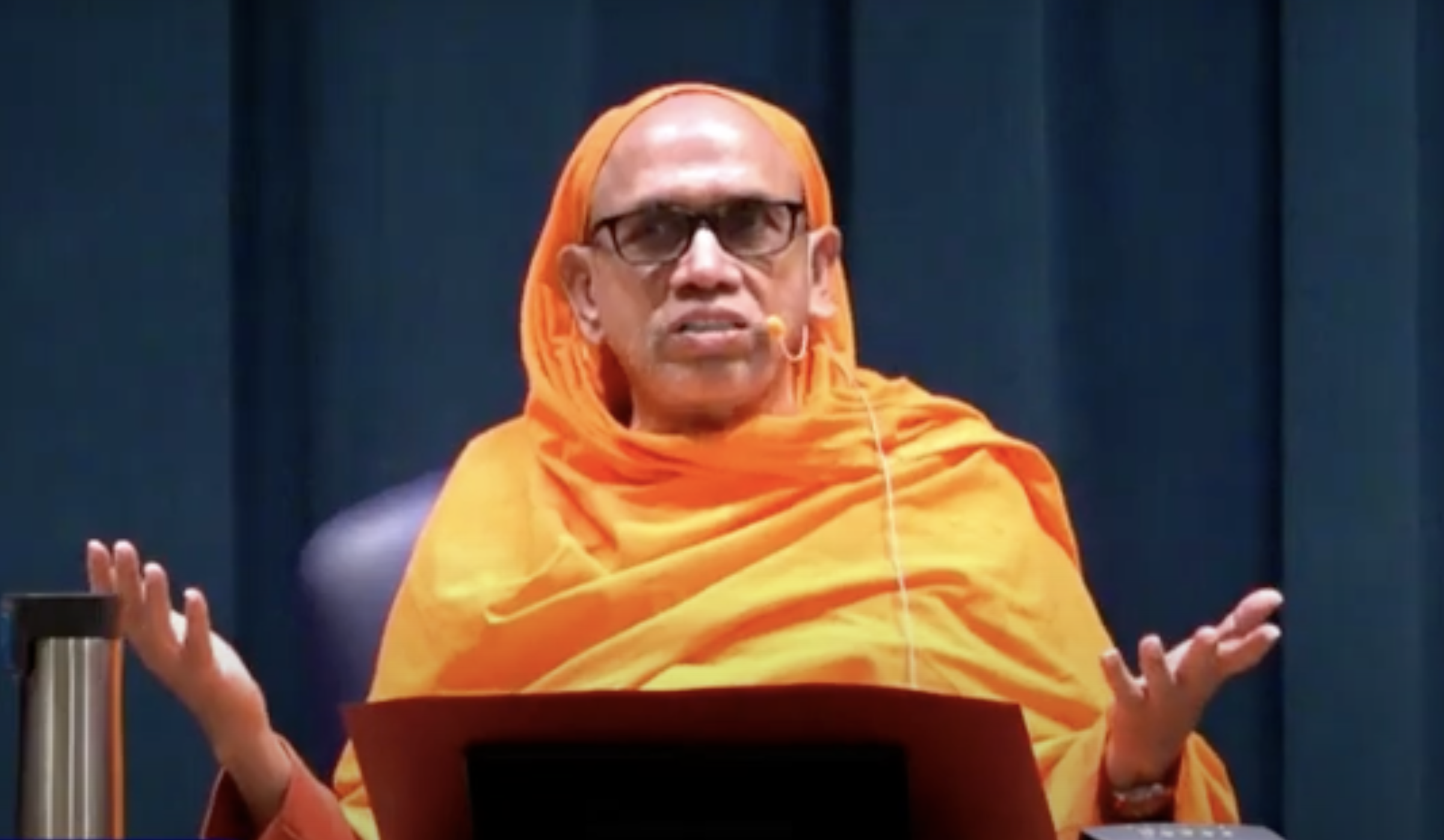2024 Fall Five-Week Vedanta Course with Swami Tattvavidananda
Arsha Vidya Gurukulam 651 Route 115, Saylorsburg, PA, United StatesIn-Person and Online TEACHER: Swami Tattvavidananda TOPICS: Aitareya Upaniṣad The only one of the ten upaniṣads commented upon by Śrī Ādi Śaṅkarācārya that is from the Ṛg Veda, Aitareya Upaniṣad […]







